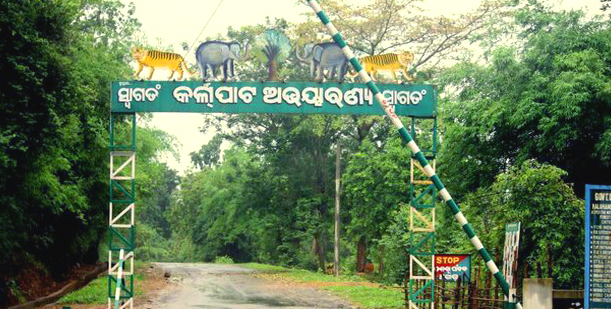Bhubaneswar/Karlapat: An experts’ team Saturday visited Karlapat Wildlife Sanctuary in Kalahandi district Saturday to find out the cause of death of five elephants that died under mysterious circumstances over last 13 days. The fifth elephant died Saturday in the same area.
All the carcasses were found near water bodies, officials said. Principal Chief Conservator of Forest Sashi Pal said, the elephant deaths were due to some bacterial infection.
Consecutive deaths of five elephants within a span of 13 days in the Karlapat sanctuary have been a matter of concern for environmentalists and animal lovers across Odisha.
The state Forest Department sent an expert team to the protected area. A killer bacteria type is feared to be swarming through the forests of Karlapat sanctuary, an official said.
“A team from Centre for Wildlife Health of Odisha University of Agriculture and Technology (OUAT) Bhubaneswar will investigate the cause behind the deaths of the elephants and do the field analysis,” Kalahandi district forest officer (DFO) Ashok Kumar said.
Initially, anthrax was suspected to be a probable cause of consecutive elephant deaths in the sanctuary but it has been ruled out because the symptoms are completely different, the DFO added.
“Post mortem of the dead elephants have been conducted and report is awaited. Laboratory test of the first elephant conducted in OUAT revealed that it was due to Hemorrhagic Septicemia, an acute and highly fatal form of bacterial infection marked by fever, hyper-salivation, nasal discharge and difficult respiration. We have sent some samples to the Centre for Wildlife Laboratory to confirm the test report,” deputy director of Veterinary department in Kalahandi district Dharmananda Mohanty expressed.
The PCCF said, “The test result of the first two elephants at the OUAT laboratory came out negative for anthrax. We suspect the infections likely happened from the elephants drinking the water contaminated by livestock in the nearby human settlements.”
Water bodies in the area are being sanitised. Cattle in the nearby villages are also being vaccinated, in order to prevent any probable spread of the disease.
PNN
